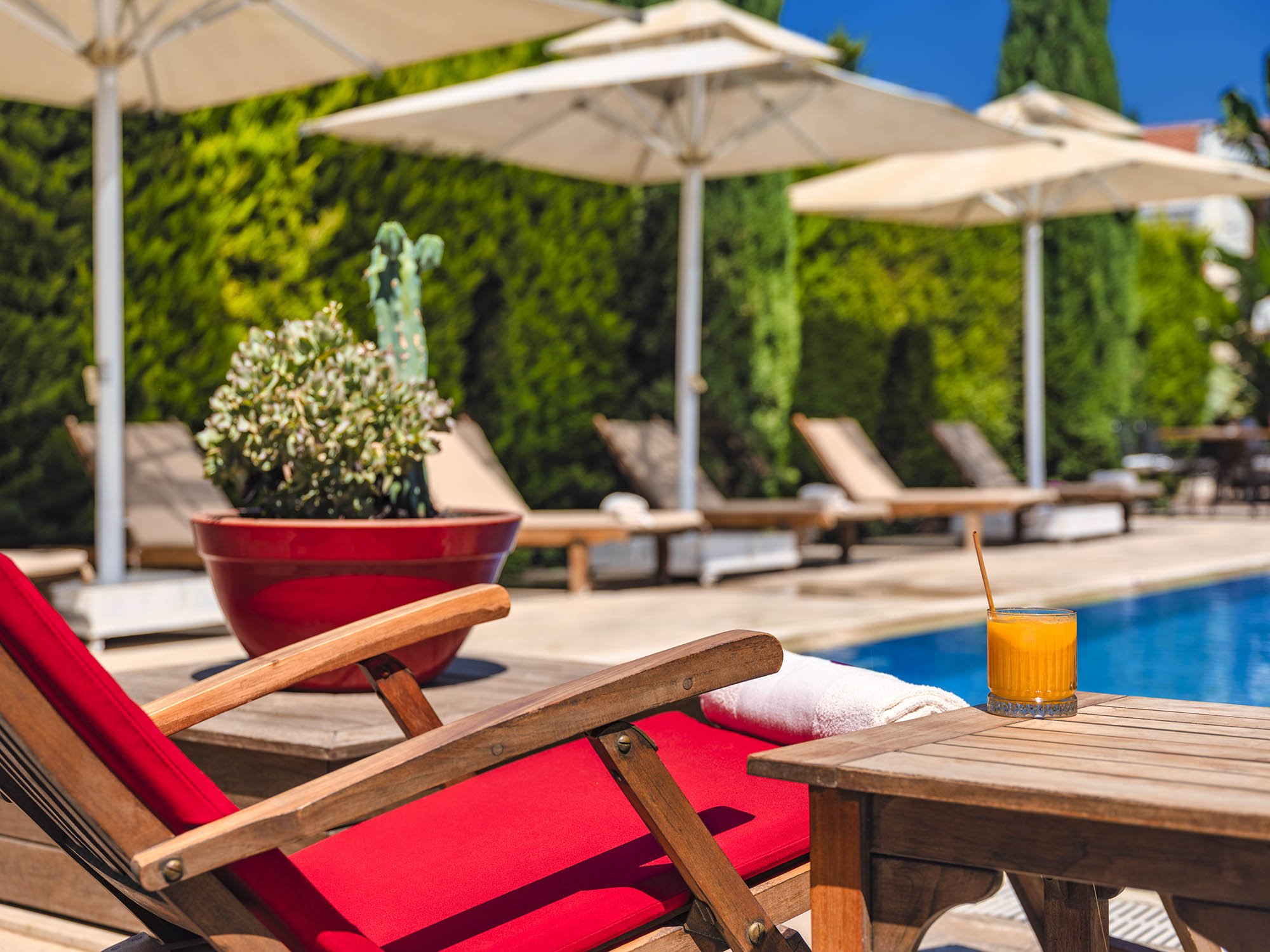Alaçati, THE HIDDEN gem by the aegean sea
Many are praising this charming little city by the sea. I went there to see why.
BRIEF HISTORY of Alaçati
Alaçati, unlike most of the towns in the area, doesn't have a long history. If you come to the city to find the signs of the past Emperors and conquests, of the kings and palaces, you will be disappointed. The wonderful old structures that are frequently associated with the area are not present here. Instead, you have a community with a calm, muted heritage that matches the atmosphere it so willingly provides.
Early in the 19th century is when Alaçati first appeared. Earthquakes on the neighboring island of Chios have ruined the homes and way of life of the Greek families occupying the area. A well-known Turkish family was also hiring workers to work on their vineyards and olive farms at the same time. They approached the Greek families in the area, who drained the swamp to create a community.
Alaçati was the name given to the worker's town, a traditional Greek village with stone buildings and cobblestone streets. The town developed into a significant commerce hub as the nearby vineyards provided good wine, and it kept expanding until after the Balkan war in 1914.
According to the terms of the Treaty of Lausanne, which was signed in 1923, Muslims who had fled Crete, Thrace, Macedonia, and the Dodecanese moved in Alatsata city in the Greeks' abandoned homes. The majority of these homes are still standing in Alaçati as tourist attractions.
WHO LIVES THERE?
Turkish wealthy and celebrities are increasingly flocking to Alaçati as a substitute for the Bodrum scene. Over the years, Bodrum has been extensively explored; Alaçati is another small, upscale resort. Less than 10,000 people call Alaçati home permanently, but during the height of the summer, that number can increase by a factor of ten. 90% of the population is Turkish in general. Although there are not many foreigners here yet, they are gradually beginning to become aware of it. High society from both Izmir and Istanbul is represented.
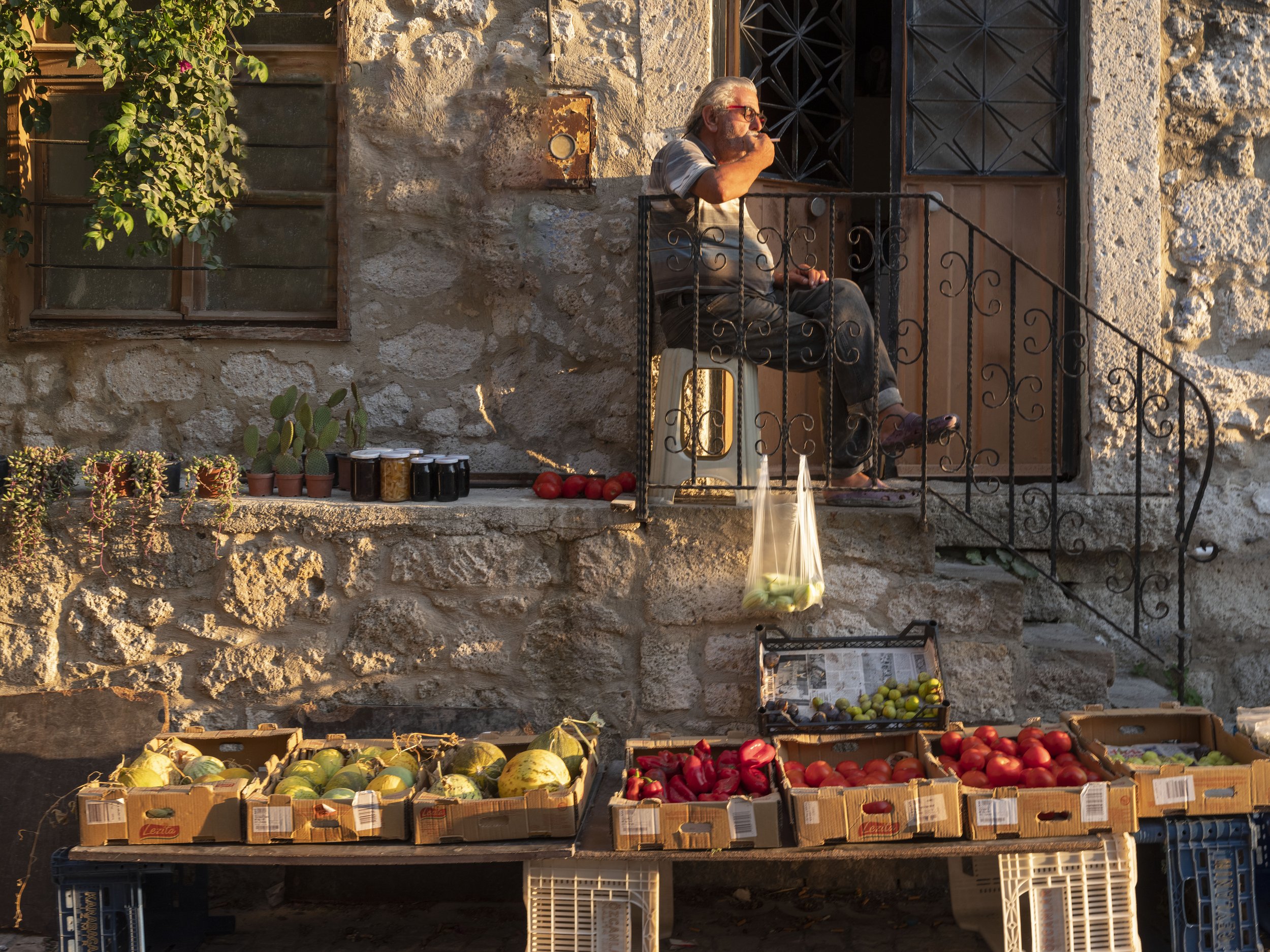
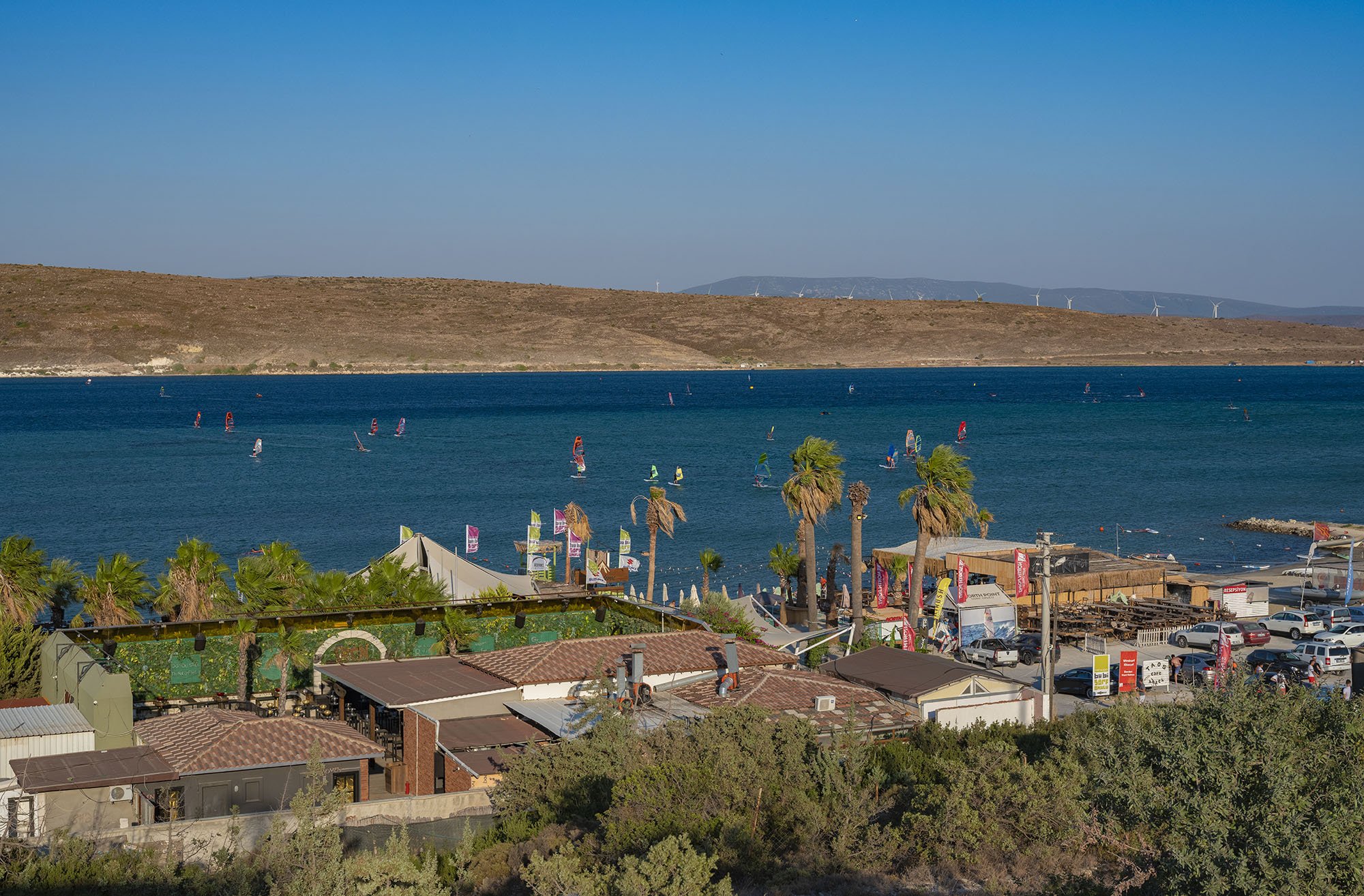
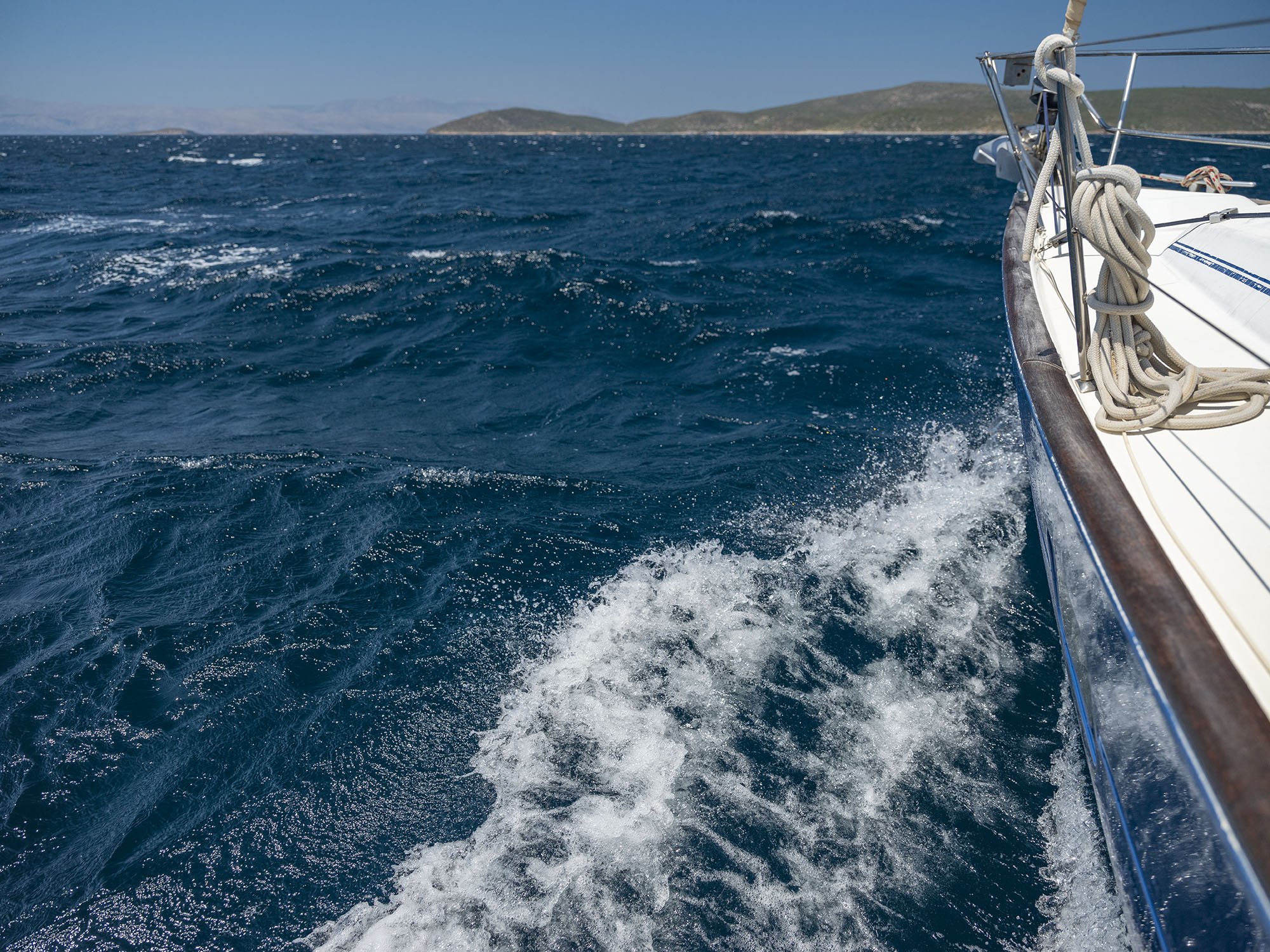
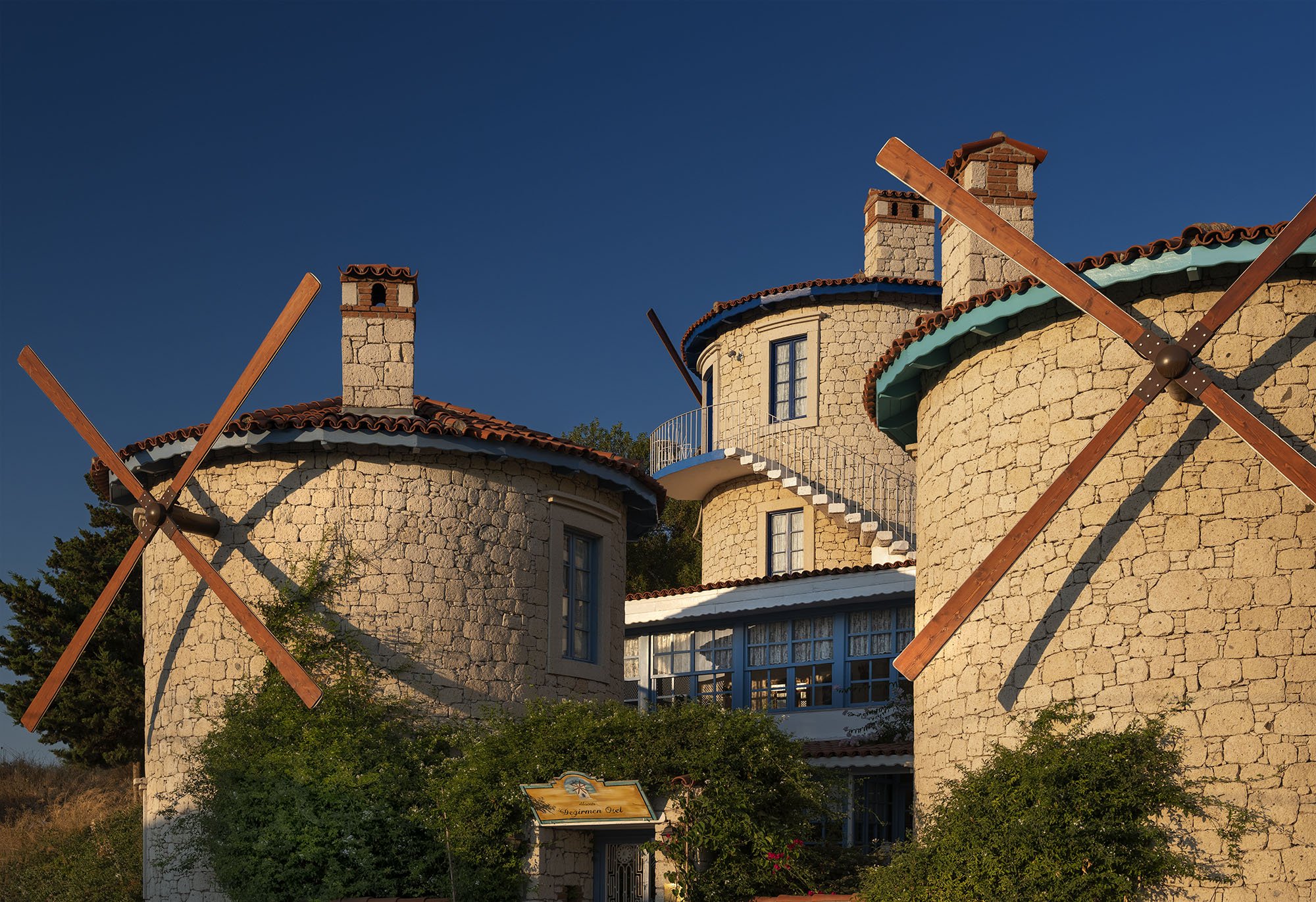
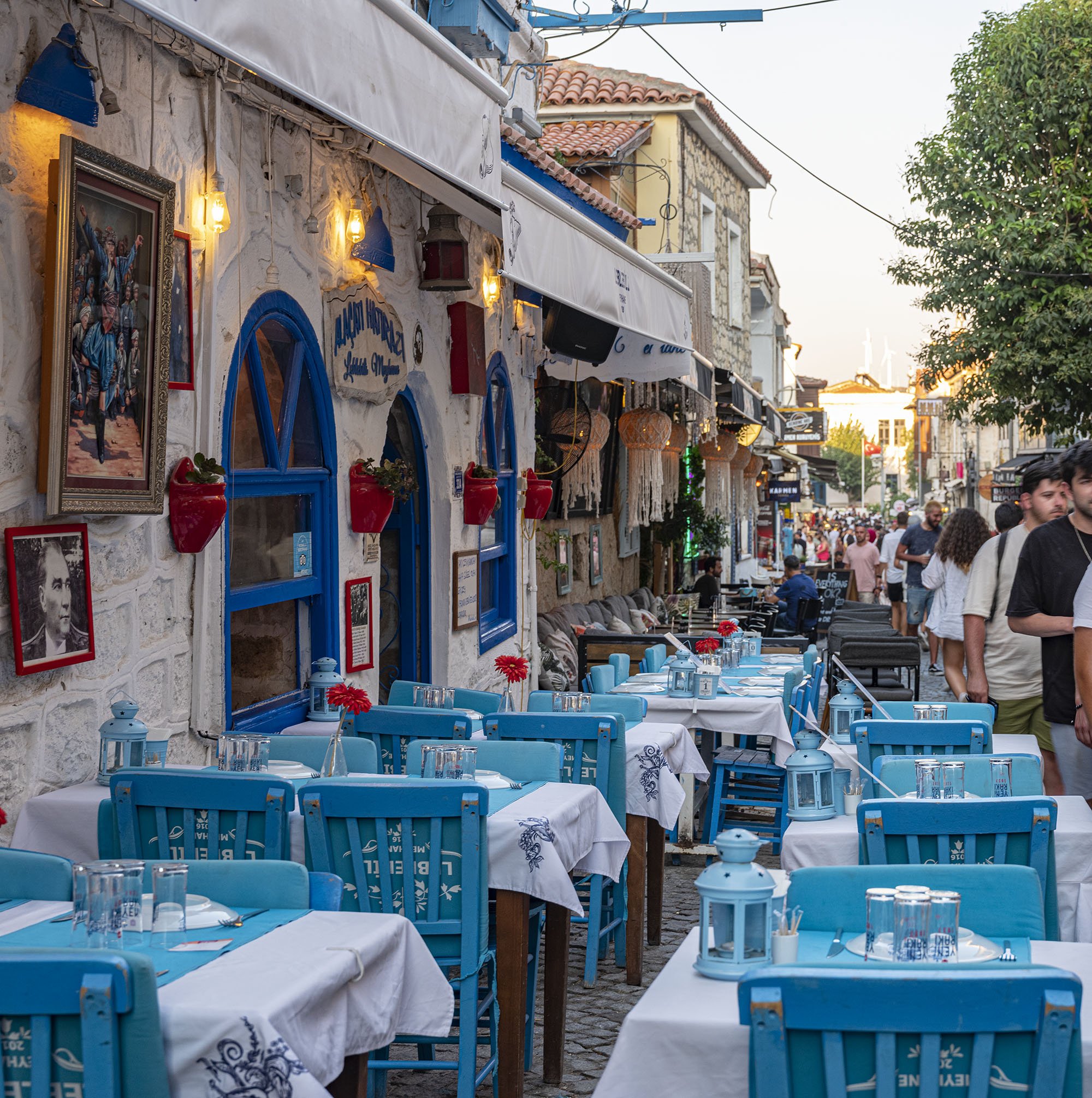
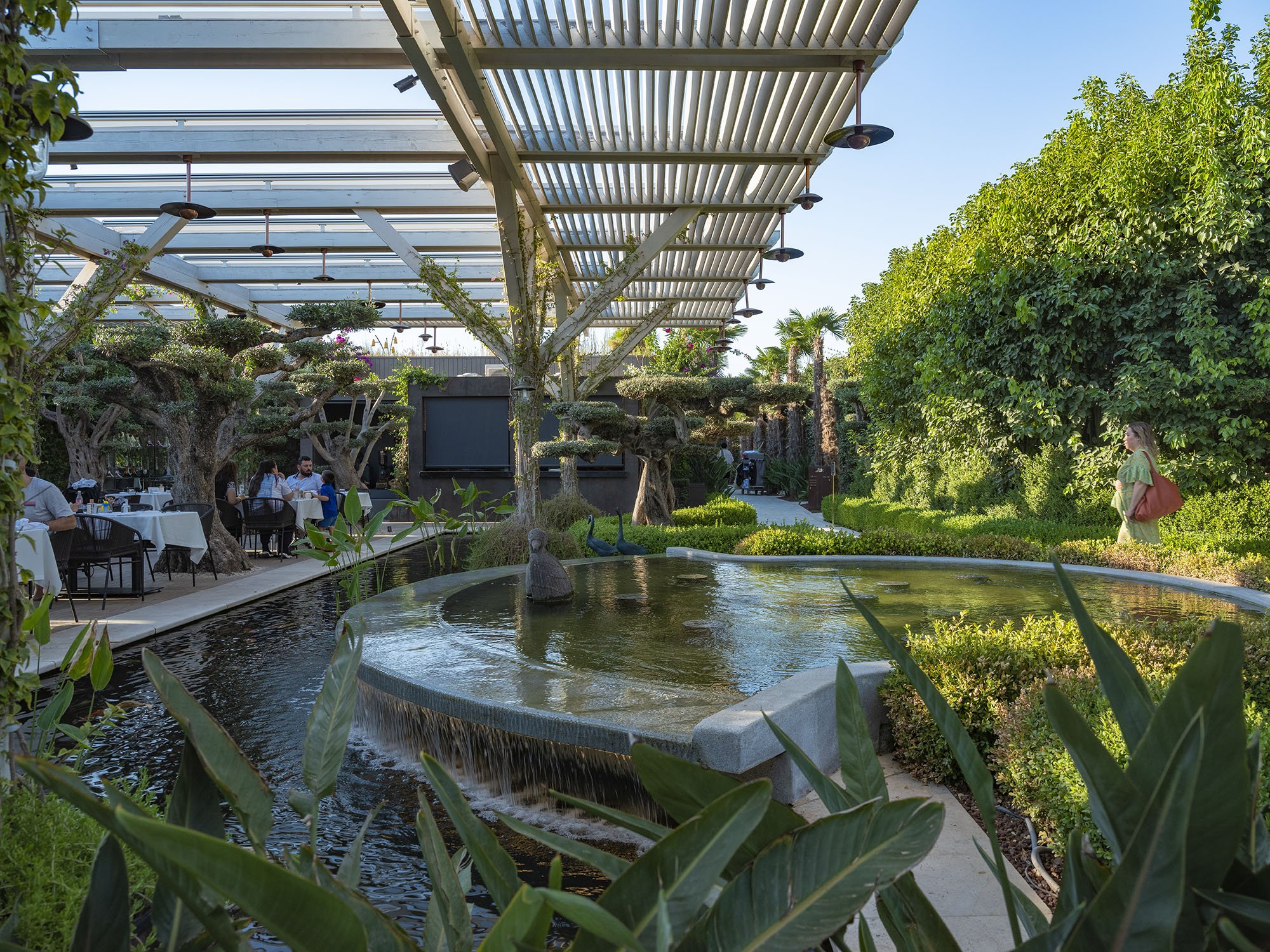
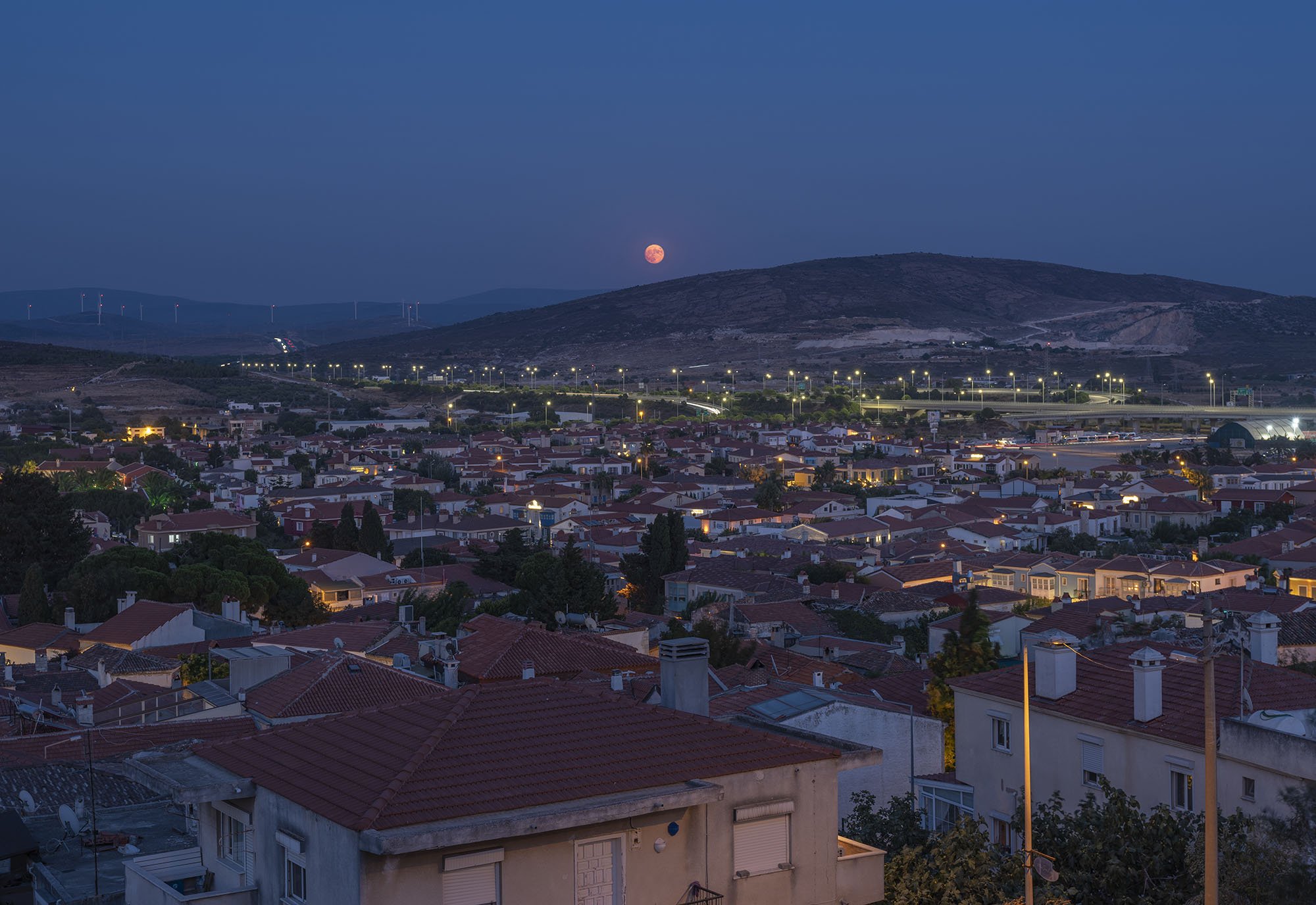
THE ARCHITECTURE
Stone homes with colored windows and pavement line the tiny lanes of Alaçati. Houses from the Ottoman era may be found in the city center of Alaçati; the ones that belonged to Ottoman Greeks can be identified by having an additional covered balcony area, known in Turkish as a cumba. Usually, lilac or light blue hues are used to paint enclosed cumba balconies. In 2005, the town was designated as a historical site, and the structures are now well-protected. The recently constructed homes make reference to the earlier architectural designs of the Ottoman homes in Alaçati's agora.
Today, most of the stone house have been converted into boutique hotels. Since these houses are quite old, the renovation and conversion process in Alaçati is a perpetual, visible everywhere, across the city.
BEY EVI boutique hotel; MY SUBJECT
One of the best hotels in the city is the BEY EVI (translated Gentleman’s House). I was requested to take photos of one of the hotel's smaller guest rooms where the renovations had just been finished. The chamber was actually rather large, and its interior design reflected its exteriors with real antique furnishings purchased from the region. I aimed to capture the peaceful atmosphere in the coastal city and the rustic warmth of this cottage. The hotel, in my opinion, effortlessly incorporated native Alaçati characteristics into the textures and materials used throughout. I hope I was able to capture the essence of this charming tiny hotel and pride it brings to its enthusiastic owners.
I used a Fujifilm GFX50s medium format camera with Fujinon GF 32-64mm lens.
Hope you enjoyed this blog. Please subscribe to my mailing list so you don’t miss my new post and to keep track of my upcoming photography and time-lapse cinematography workshop!




